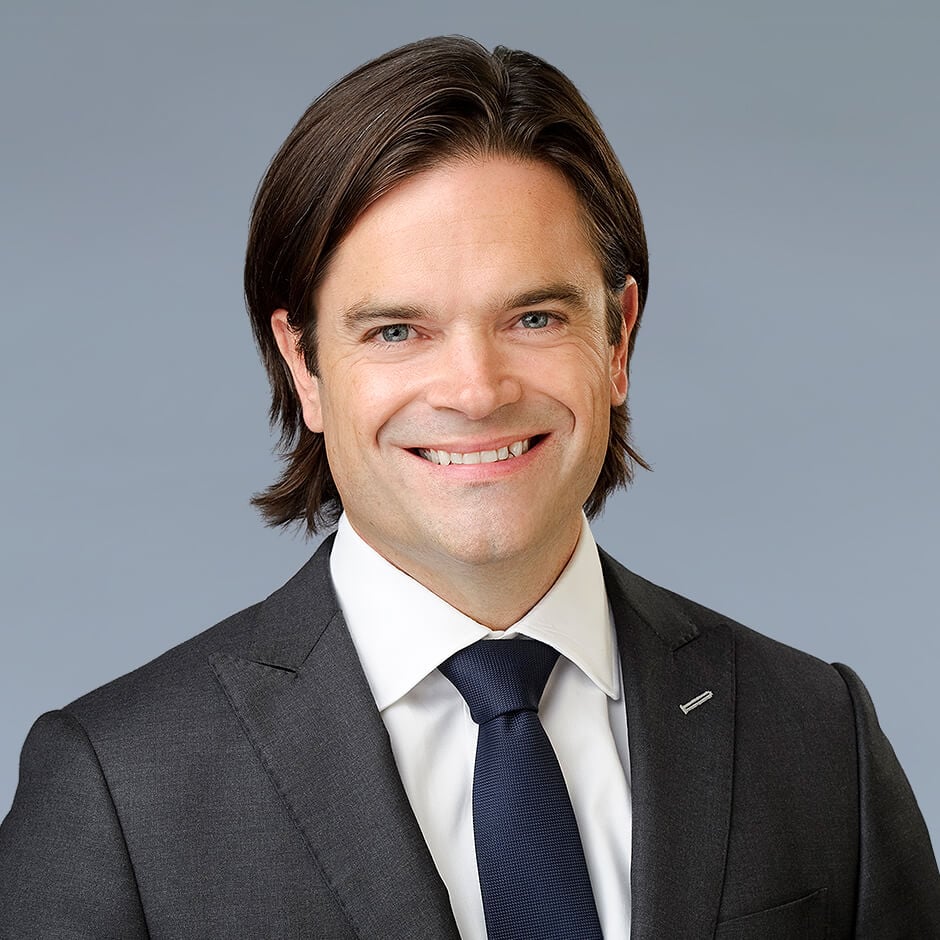Spondylosis Treatment
Spondylosis is a term that refers to age-related degeneration occurring along the spinal column. As we get older, the bones, joints, discs, cartilage, and ligaments of the spine deteriorate from wear and tear, sometimes resulting in structural changes that can cause painful symptoms. Spondylosis does not always cause symptoms, but when it does, the most common signs are pain and stiffness in the neck, mid or lower back, depending on where the spinal degeneration is located. Often the condition can be treated with non-invasive therapies, but may require surgery when the degeneration is significant.
Types of Spondylosis
Spondylosis types are defined by where along the spine the pain and degeneration are occurring.
Cervical Spondylosis
Cervical spondylosis is when the joints, discs, ligaments, and cartilage of the cervical spine located in the neck become worn down. Sometimes referred to as arthritis of the neck, cervical spondylosis typically causes pain and stiffness in the neck. This type of spondylosis is very common, especially amongst older patients. According to the American Academy of Orthopedic Surgeons, over 85% of people aged 60 and older experience cervical spondylosis.
Thoracic Spondylosis
Spondylosis that affects any part of the middle back (also known as the thoracic spine) is known as thoracic spondylosis. This type of spondylosis is less common than cervical or lumbar spondylosis because the middle of the back generally experiences less strain than the neck or lower back.
Lumbar Spondylosis
Lumbar spondylosis occurs when age-related degeneration is found in the lower back, also referred to as the lumbar spine. Symptoms can range from mild to severe. Lumbar spondylosis is prevalent in aging adults, especially those who are aged 50 and older.
What is the best treatment for spondylosis?
The good news is that spondylosis can often be treated and managed without resorting to surgery. There are several interventional pain management techniques for spondylosis that we can recommend at The Spine & Sports Health Center. Some of these include:
- Facet joint blocks
- Facet joint radio-frequency ablation
- Spinal cord stimulation; this is only recommended for severe cases of spondylosis that are unresponsive to other treatments and especially for patients who have had spine surgery in the past but still have pain
In some cases, we may also recommend additional treatment modalities, such as physical therapy and chiropractic care.
Your First Stop for Spondylosis Treatment
The Spine & Sports Health Center should be your first stop for spondylosis pain. Speak with our medical director, on the phone, for free before booking an appointment.


Meet the Doctors
Our interventional pain management physicians are among the top regional providers of non-surgical, orthopedic care. They have the expertise you need and take the time you deserve to provide quality medical care.




